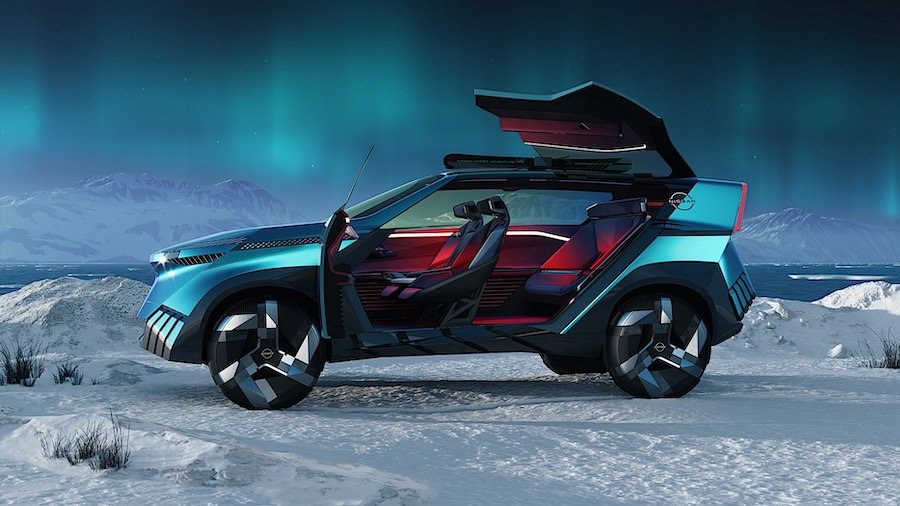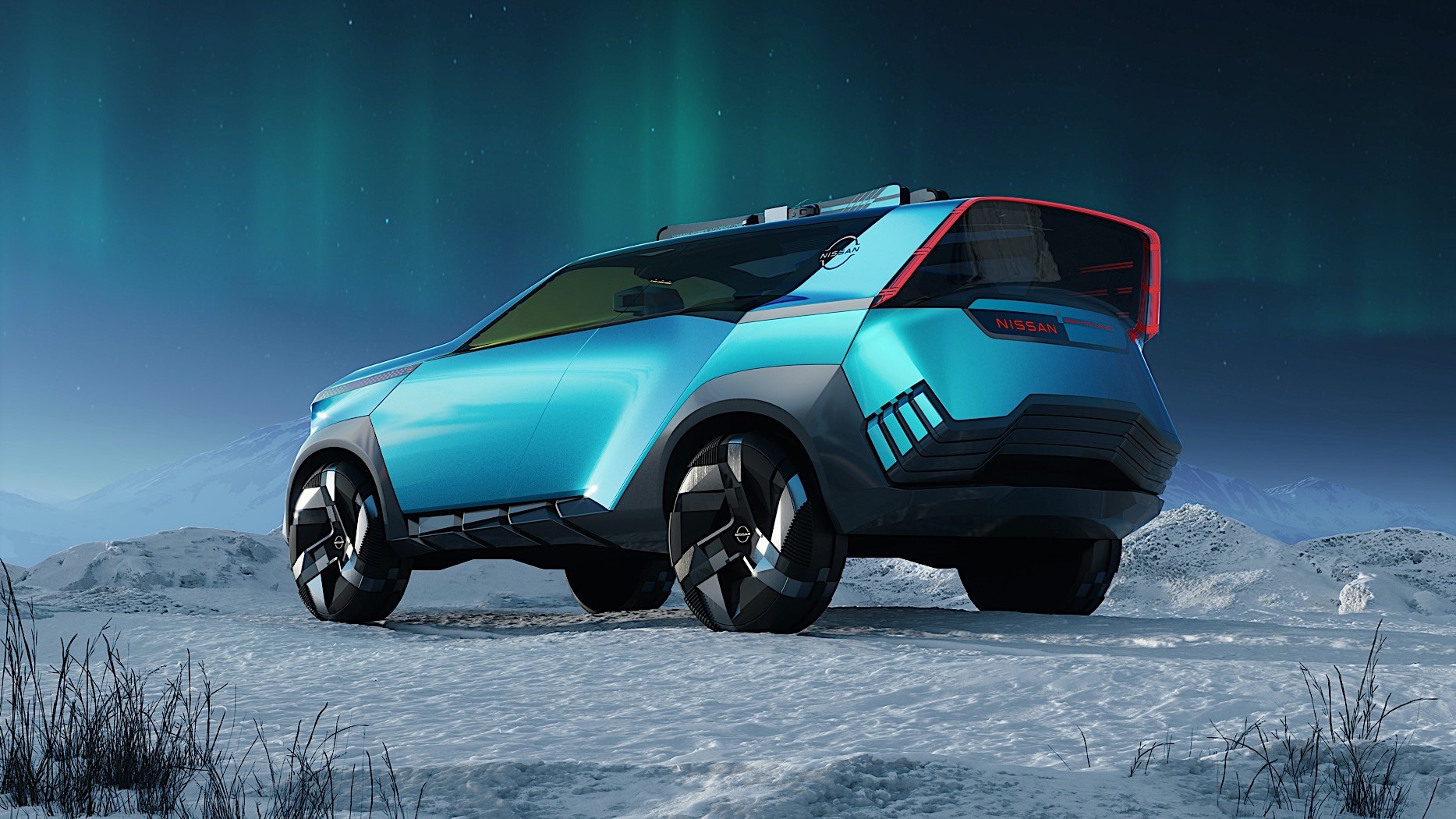Nissan Hyper Adventure Looks Fit Enough to Move Astronauts on the Moon

For Nissan, the event will be dedicated to concepts, it seems, as it has already announced it will show in the flesh several of its design ideas. We've already got a glimpse at something called the Hyper Urban, and this week the Japanese have released details about the second, the Hyper Adventure.
Unlike the Urban, which was more of a city-dweller (it's in the name, really), the Adventure has been designed "to maximize outdoor journeys." It too is an electric SUV of sorts, fitted with vehicle-to-everything tech (V2X) that will allow it to act as a power source for homes or other buildings, but also feed electricity back into the grid.
Just like it happened with the previous concept, Nissan gives no details on the exact inner workings of this one, and it means that, beneath the appearance of a full, working concept, this is more of a design study than anything else. So we'll focus on that, but not before we go into the little that we do know about the Adventure's mechanical bits.
The SUV has been made as a tool to move over all sorts of terrain, and that means it uses Nissan's e-4ORCE all-wheel-control that spins wheels equipped with snow traction gears. Its battery system is a "large capacity" one that can be used to power not only the car itself but also its users' gadgets and even tenders.
That's right, tenders, the likes of jet skis, for instance, as the Adventure is large enough to carry with it such things, but also tents and kayaks. I'm not entirely sure how the concept would be able to achieve that (on the roof, maybe), given the seemingly limited space inside, and the fact the rear bench can rotate to the back to be transformed into a sitting and viewing area.
Speaking of the interior, there's a neat feature up front that makes you believe the front of the vehicle is transparent: that is owed to the instrument panel of the machine being fully integrated with the bottom of the windshield.
From the outside, the SUV looks more like a vehicle meant for extra-terrestrial activities, with a very high stance, plenty of glass surfaces, and automatic extendable and retractable steps. Oh, and there's a certain je ne sais quoi that has me imagining astronauts riding inside it.
Nissan didn't say anything about any potential real-life applications of the design, and there's a good chance nothing will come of it.







